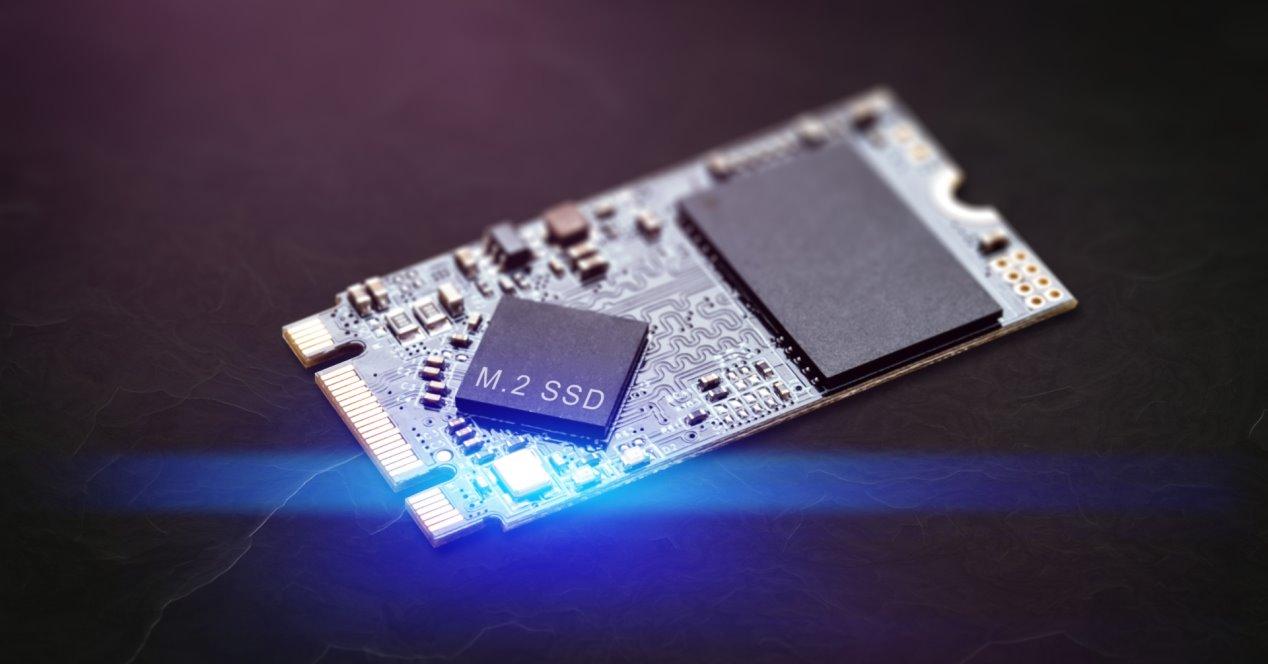We’ve seen how SSDs have taken over the desktop and laptop market. But, it seems that SSDs have stagnated in capacity (and performance), especially since HDDs are only increasing in capacity. Now why the SSD is stuck at 4TB if mechanical hard drives continue to increase in capacity?
Undoubtedly, SSDs have revolutionized the computer market by solving a huge bottleneck. Mechanical hard drives have very limited performance, at least commercial drives. The SSD problem has similarities to the problems that have been exhibited by hard drives.
Seeing SSDs larger than 4TB seems, at the moment, very difficult
Solid-state storage drives or SSDs are awesome solutions that have solved the problem of loading times. For mass data storage, they are a far cry from hard drives and it looks like they will continue to be that way for a long time. We realized that heSSD
The first and most important concerns memory chips. This problem can be broken down into two aspects.: number of layers and bits per cell, and number of chips per unit.
Currently the SSD have been stuck in memories with 4 bits per cell (QLC) and jump to 5 bits per cell (PLC) it is not easy. Switching to PLC memories seems very complicated and at the moment it seems technically out of the question. On the other hand, they also see difficulties at the time of increase the number of layers by memory. Increasing the layers can, to some extent, increase the total capacity. Micron is the most advanced with 232 layer memories, but they are complex to manufacture.
Without a doubt, the biggest problem is the number of memory chips in a storage unit. The 2.5-inch SSDs aren’t really a problem in this sense, due to the large amount of surface available. The problem main is in the M.2whose space is extremely limited and on top of that, they usually have temperature issues. To break through the 4TB barrier (there are a few units on the market), next-generation memory is required, which makes the product hugely more expensive.
And besides, PCIe 5.0 SSDs still haven’t arrived
One year ago Intel threw it 12th Generation Core which provided support to units M.2 PCIe 5.0 x4 SSD. It was planned that for the second half of 2022, the first units will be launched PCIe 5.0 storage. We saw in September how some units were announced that would arrive shortly. As we write this it is November 23, 2022 and no news about it.
It must also be said that SSDs based on PCIe 5.0 do not bring much to the user. Doubling the speeds of PCIe 4.0 SSDs makes no sense to the average user and gamer. Additionally, these units have serious temperature issues, which in many cases requires the use of heatsinks with an included fan.
It looks like SSDs have hit a huge wall that they can’t overcome. At the same time, hard drives are claimed with increasing capacity and performance solutions. Logically, SATA hard drives are limited in performance by this interface. Also, large capacity hard drives (8TB and above) are usually quite expensive.








